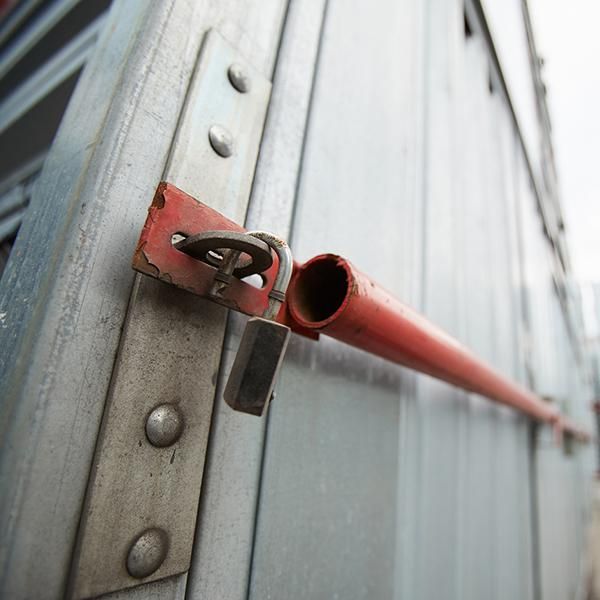Cargo Theft Tops $60 Million, Food and Beverages Among the Top Targets

Cargo theft can cost thousands or even millions of dollars per load, and food and beverages are among the most targeted commodities across the United States and Canada. That is followed by household goods, vehicles and accessories, and pharmaceutical and medical products, according to the latest figures from CargoNet, a theft prevention and recovery network. CargoNet said the cost associated with stolen cargo was just over $60 million in 2021.
Boosting cargo security can reduce the risk of theft and help keep loads, equipment and drivers safe.
There are two primary types of theft. Straight theft is when thieves steal the load or open the rear doors and take part of the load. Strategic theft is when thieves trick someone into turning over the cargo through identity theft, fictitious pick-ups or double brokering scams.
In both Canada and the United States, criminal organizations often target unattended vehicles stationed at truck stops or other unsecured parking locations. Thefts of both cargo and vehicle accounted for 57% of all thefts, followed by pilferage events (31%), Sensitech, a provider of cargo monitoring technology, reported. The most common M.O. consists of criminals stealing the unattended units and unhooking the trailer from the tractor to move it to separate locations.
The riskiest locations for cargo units in the U.S. and Canada are unsecured parking locations, which is where 57% of all thefts took place, followed by thefts at truck stops and fuel stations (20%) and secure parking locations (9%), Sensitech reported. More than half of the thefts, 58%, occur in the early hours of the day between midnight and 6:00 a.m.
In Mexico, the most common type of cargo theft event is the hijacking of cargo units, which occurs in 90% of theft incidents. In these events, the most common M.O. involves the interception of the units by armed criminals that threaten the driver into releasing control of the unit, often abandoning the driver at the side of the highway, Sensitech reported.
CargoNet has reported that fleets can improve security by arranging for same-day delivery of short-haul shipments, embedding covert tracking devices, and using high-security locks to prevent trailer burglaries.
Ideally, drivers should arrive at the pickup location fully fueled, fed, rested and with enough driving hours to travel for six hours. Drivers should also be on the lookout for any vehicles that appear to be following them.
Sensitech said truck stops, highway rest areas and distribution centers are frequent targets for cargo thieves, especially over holiday periods. Any location where the cargo comes to rest, even for brief periods, should be as secure as possible.
If a cargo must be left unattended, it should be made as secure as possible. According to Sensitech, theft-resistant locking/sealing mechanisms for tractors, trailers and cargo compartments are helpful. Disabling technology for the vehicle’s power units or trailer movement and parking vehicles and/or cargo compartments in a way that makes access as difficult as possible is also helpful.
Fictitious pick-ups where thieves claim to work for a carrier have become increasingly common in the U.S. and Canada. Thieves have also been known to steel a legitimate trucking company’s identity or taken on the name of a company that went out of business. Thieves often gain information through phishing emails, making cybersecurity important for fleets.
Monitoring where thefts occur can help fleets determine the ideal security measures based on risk. The top areas targeted by thieves were Dallas, Texas; Los Angeles, California; San Bernardino, California; Shelby, Tennessee; Cook, Illinois; Harris, Texas; Miami-Dade, Florida; Riverside, California; and Fulton, Georgia, CargoNet reported.
